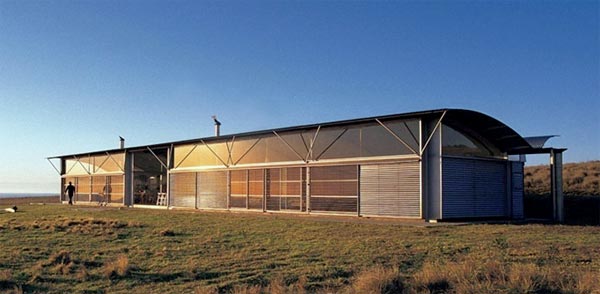Critical Regionalism in School
What is Critical Regionalism?
Below are some key elements of Critical Regionalism according to Alexander Tzonis and Liane Lefaivre:
* Self- Examining & Self-Questioning
* Defamiliarization
* Takes specific elements from region... place defining elements... and incorporates them in a strange, difficult, even disturbing way
"Furthermore, not only does it alert us about the loss of place & community through built iconic messages, but also about our 'reflective' acceptance due to which we failed to become aware of this loss while it was occurring". - Tzonis & Lefaivre
We discussed in class that often in architecture school today, most students are actually designing in a style with ideas from critical regionalism, which is honestly not that surprising. We learn about classical architectural elements, look at historic buildings, and are then given a site that we know nothing about. Our first task is to research as much as possible about the given site, and try to pull whatever we can from context. Without truly understanding a place, we attempt to design a building that respects the existing context, while also trying to bring in new elements of design.
Inevitably, we will do it wrong. Inevitably, we will piece together a design that incorporates elements of a place in a strange, unfamiliar way. Without the time to truly understand a place, how can we carefully design for that place? but there simply isn't enough time. This may seem challenging in school, but it is even more difficult in the real world. I think especially for firms that focus on projects in the communities they reside, it is extremely important for them to take the time to become involved with all aspects of the community as much as possible, in order to truly create a sense of place with their buildings.




Regarding architecture school today, it is also interesting that some studios don't even look into context or site research at all. The project then becomes all about the building as an object and pushes us even further to design something that becomes further and further separated from the context. This fuels the fire in poor context/building continuity and I hope it gets fixed. Projects like our Haiti project depend on good site design to be effective and well done.
ReplyDeleteIf you don't keep the context of the site and the community in mind when designing a project for a specific place then the project will ultimately fail. The project then could be picked up and moved the a completely separate location. I think it's important when you begin a project to first find out as much as you can about the site, the context and the community in order to even begin coming up with design ideas to address that specific place.
ReplyDelete